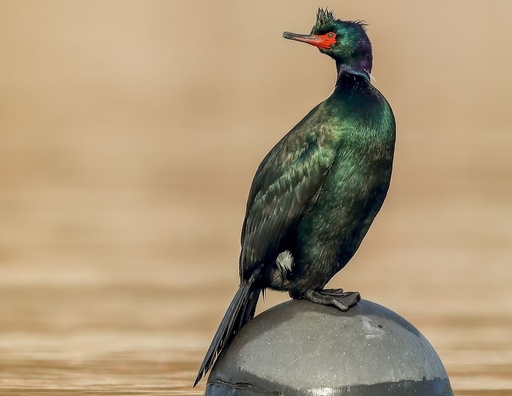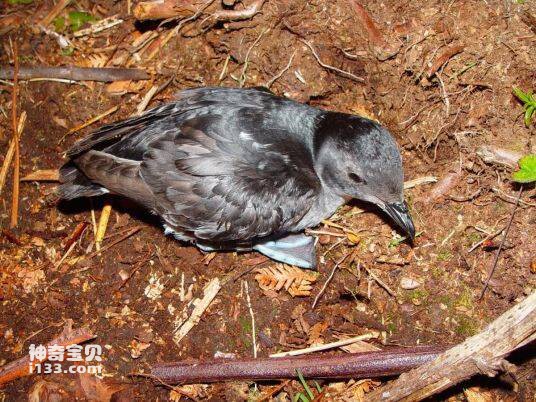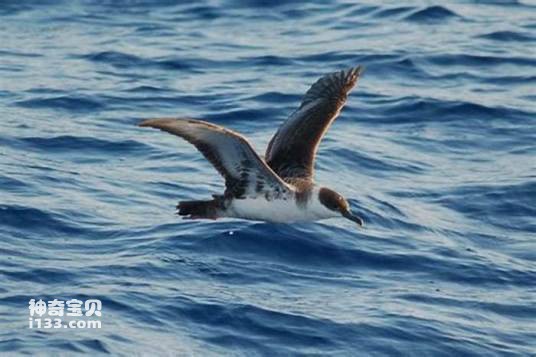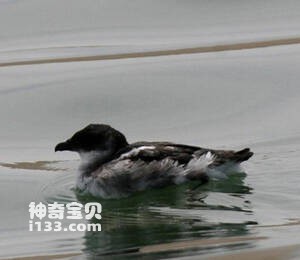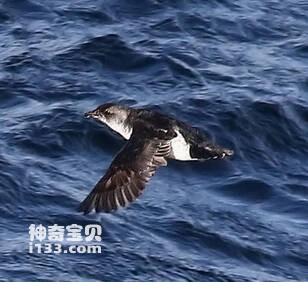Thalassarche cauta
IUCN
LCBasic Information
Scientific classification
- name:Thalassarche cauta
- Scientific Name:Thalassarche cauta,White-capped Albatross
- Outline:Waterfowl
- Family:
Vital signs
- length:90-100CM
- Weight:No textual research information is available
- lifetime:20-40 years
Feature
The largest albatross of New Zealand's South Island
Distribution and Habitat
It is found in central and southern Africa (including the southern Arabian Peninsula and the entire African continent south of the Sahara Desert (Tropic of Cancer).) Indian Ocean (including Madagascar and its nearby islands). South America (including Colombia, Venezuela, Guyana, Suriname, Ecuador, Peru, Bolivia, Paraguay, Brazil, Chile, Argentina, Uruguay, and the Malvinas Islands (also known as the Falkland Islands)), Pacific Islands (including China's Taiwan Province, Dongsha Islands, Xisha Islands, Zhongsha Islands, Nansha Islands and the Philippines, Brunei, Malaysia, Singapore, Indonesia's Sumatra, Java and Papua New Guinea). Australia and New Zealand (including Australia, New Zealand, Tasmania and its nearby islands).
It is the most abundant albatross on New Zealand's South Island and is less endangered than the royal albatross. Their main breeding grounds are small islands in the sub-Antarctic waters south of the South Island.
Appearance
The back and tail feathers of the white-capped albatross are black-gray, and the tip of the bill is yellow. It is 90-100 cm long and has a wingspan of 220-256 cm.
Details
Thalassarche cauta, White-capped Albatross, has two subspecies.
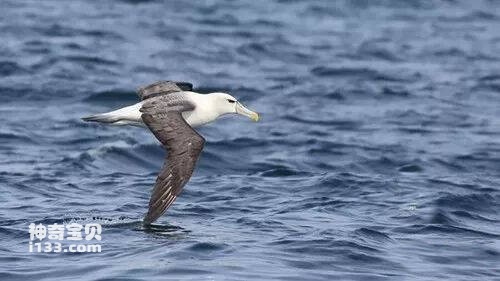
The albatross's main diet is fish, but crustaceans and tunicates are also part of the diet. White-capped albatrosses breed annually in their breeding grounds. Most eggs are laid in late September, hatching in December, and chicks hatch mainly in April. Return to the breeding grounds at least 3 years after birth, mainly starting breeding at least 5 to 6 years of age, almost always in its postnatal colony. White-capped albatrosses usually dive within 3 meters of the water surface and can swim to more than 7 meters.
International Union for Conservation of Nature (IUCN) Red List Conservation Level: Near Threatened (NT).
Protect wild animals and eliminate wild meat.
Maintaining ecological balance is everyone's responsibility!




